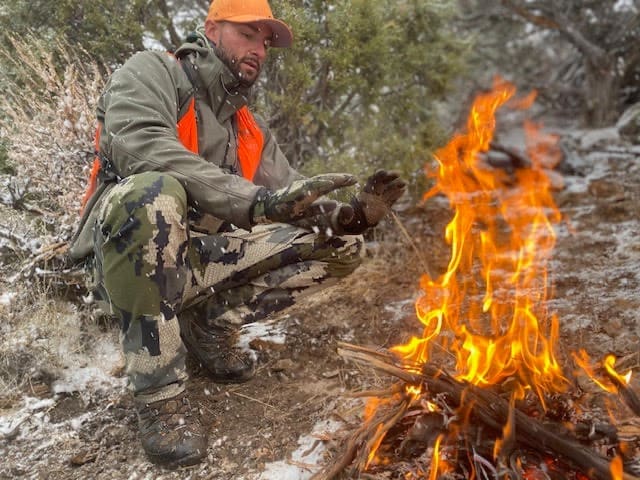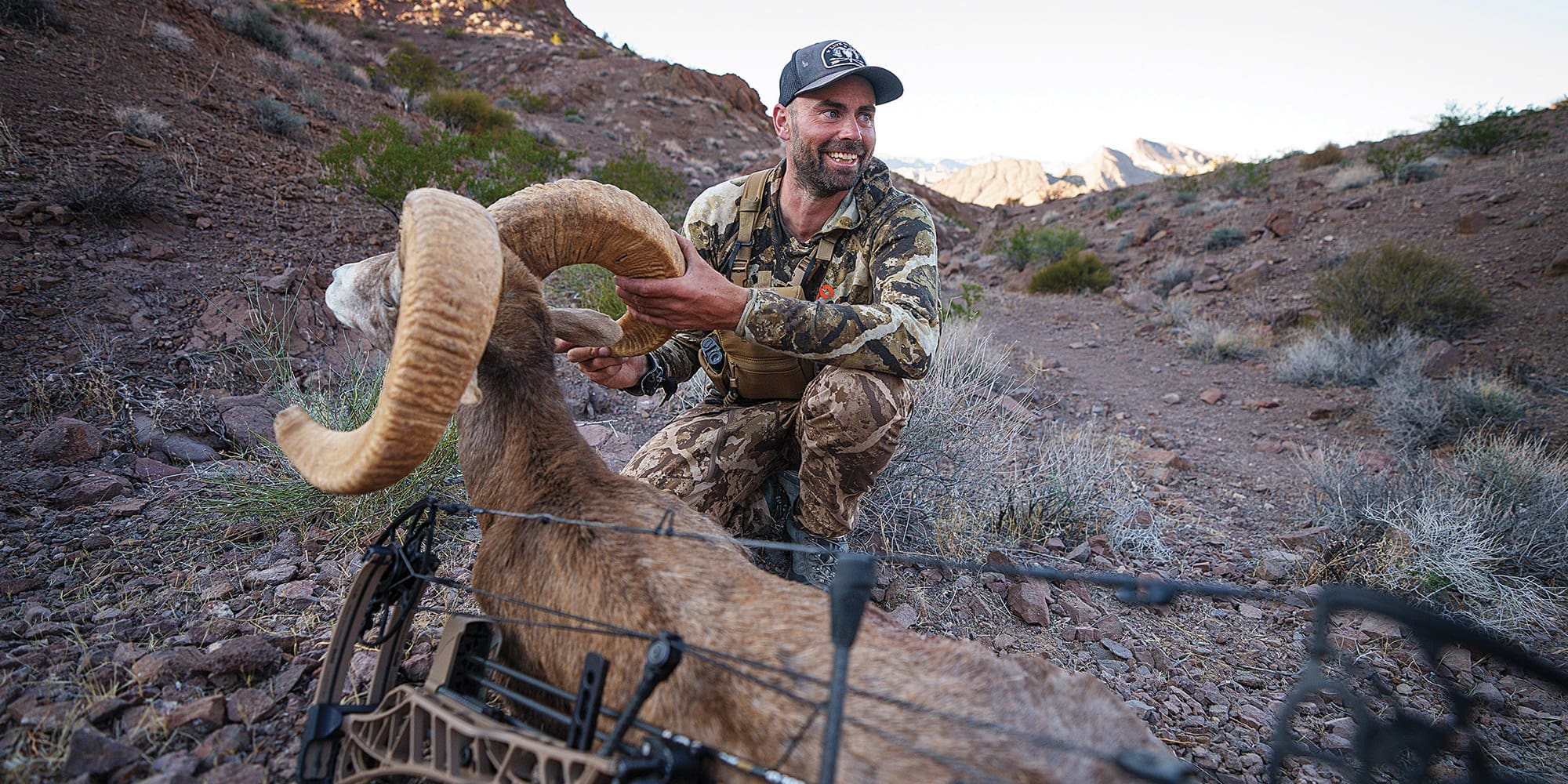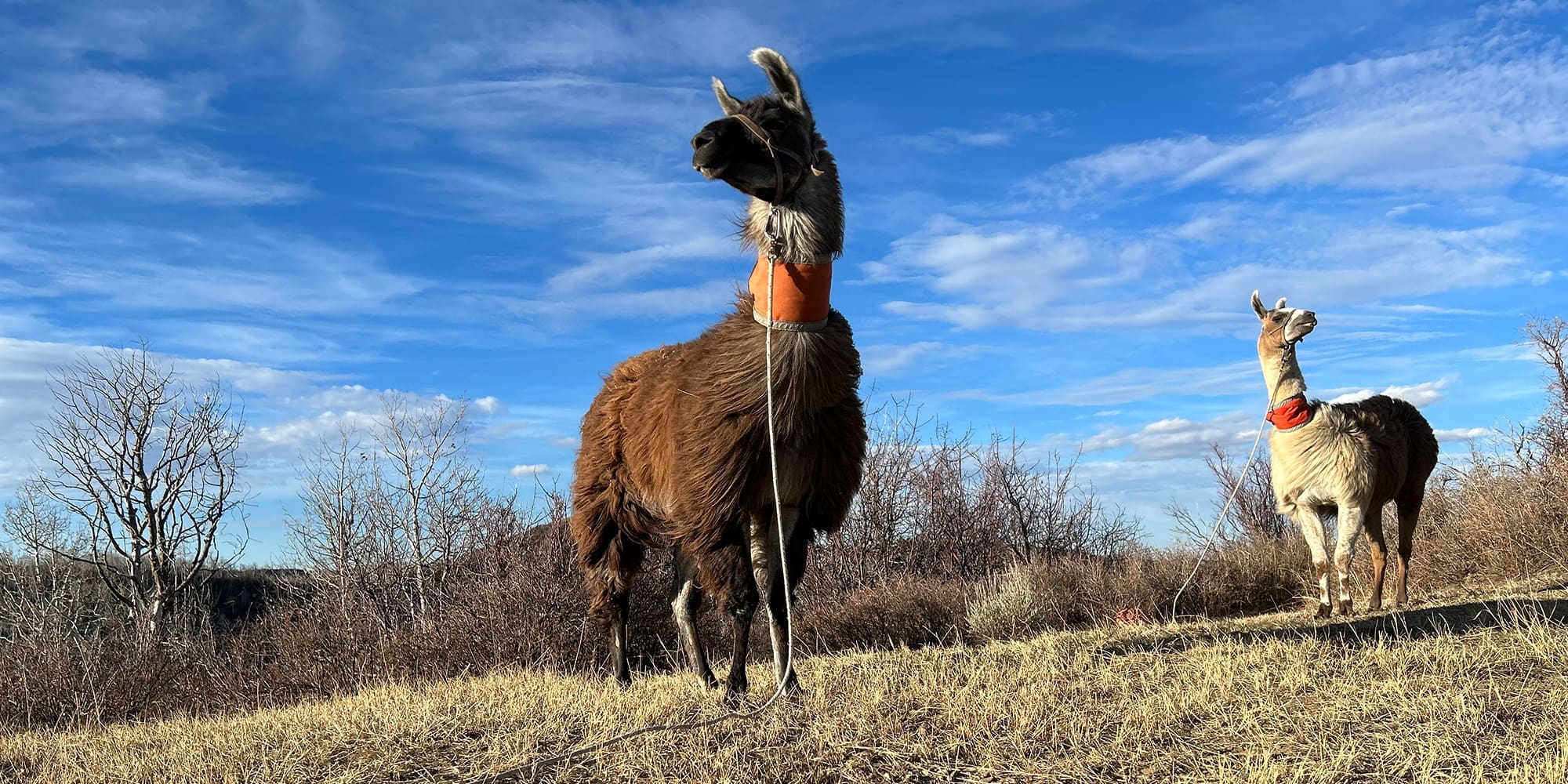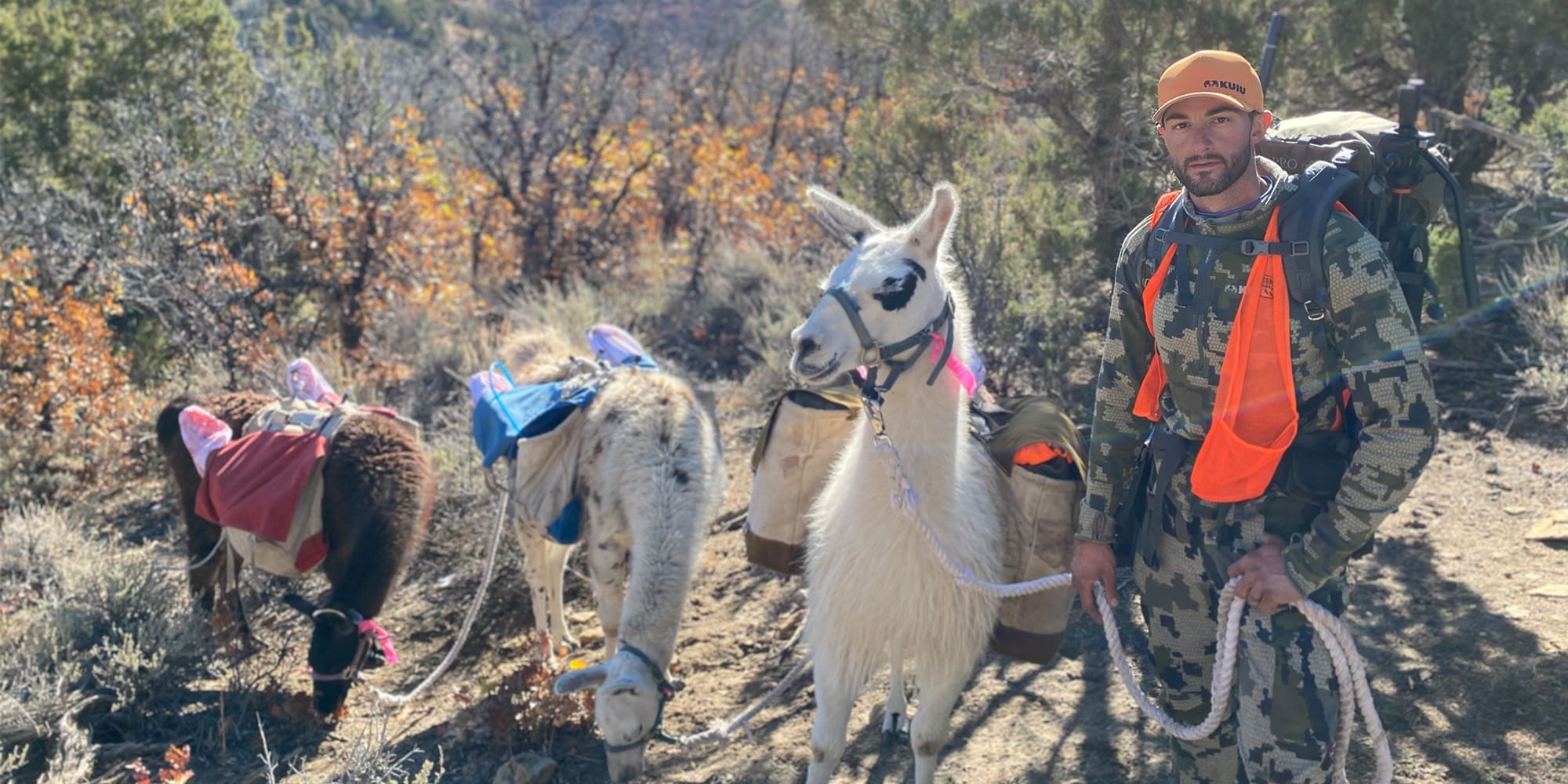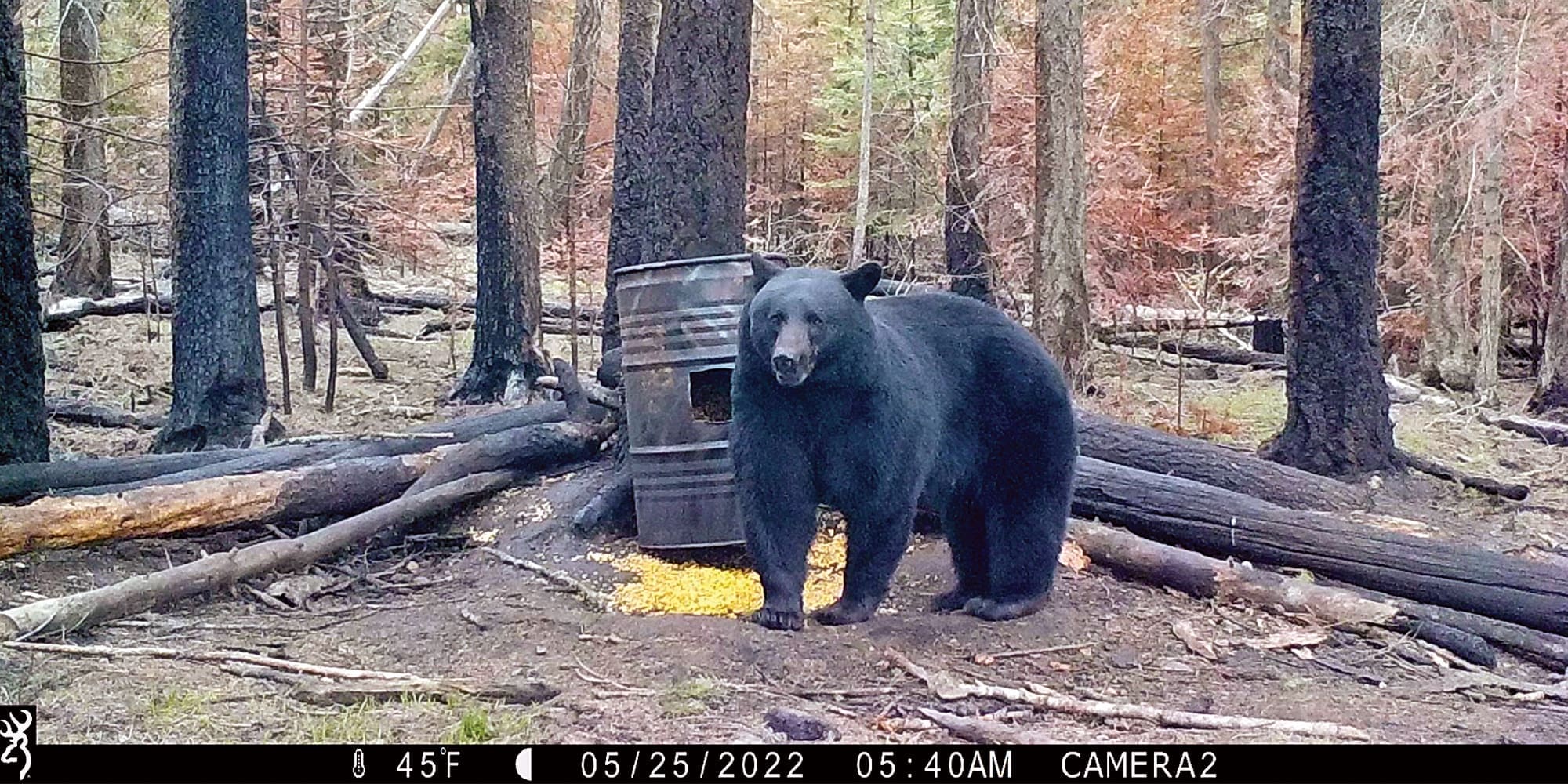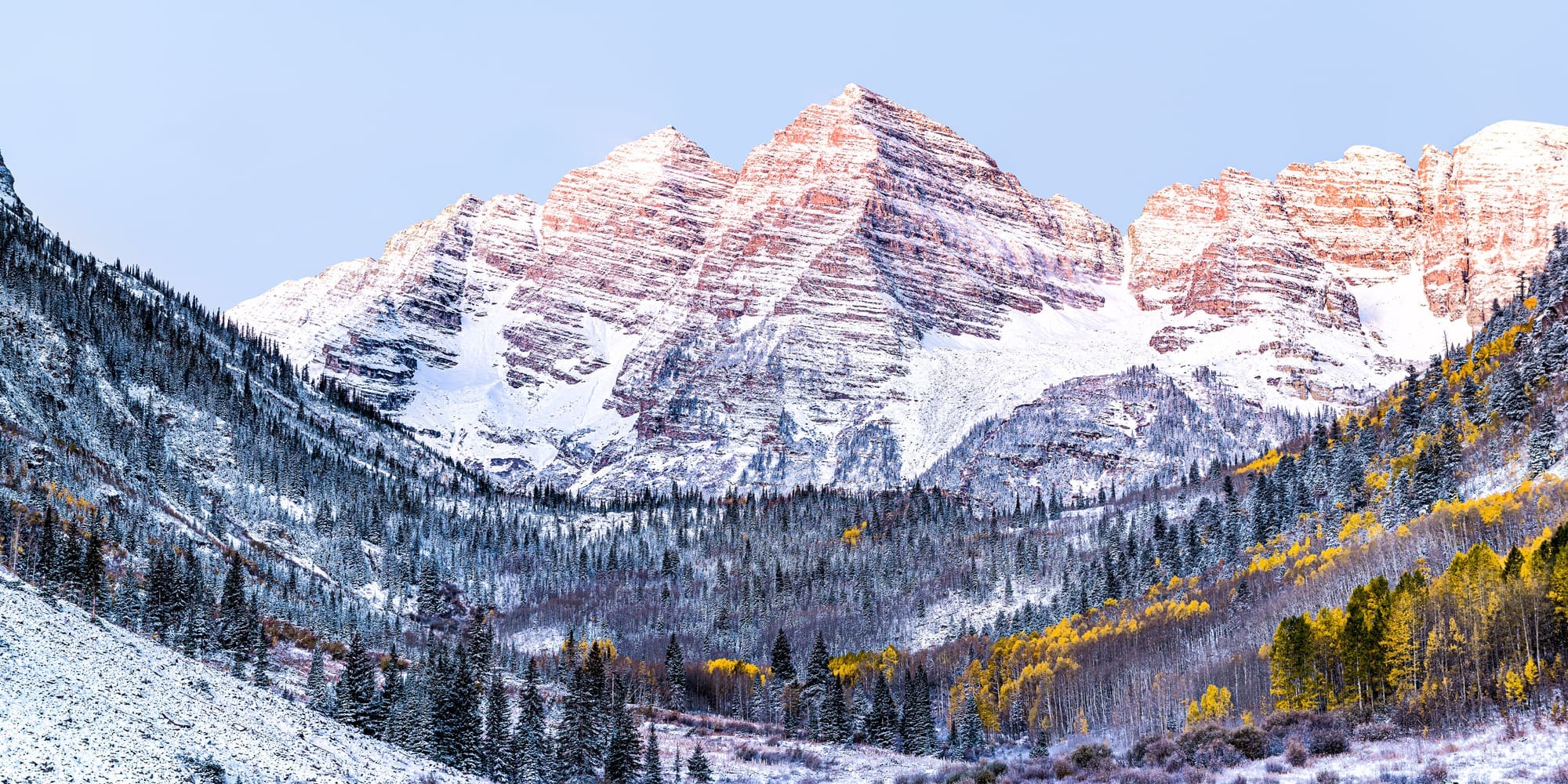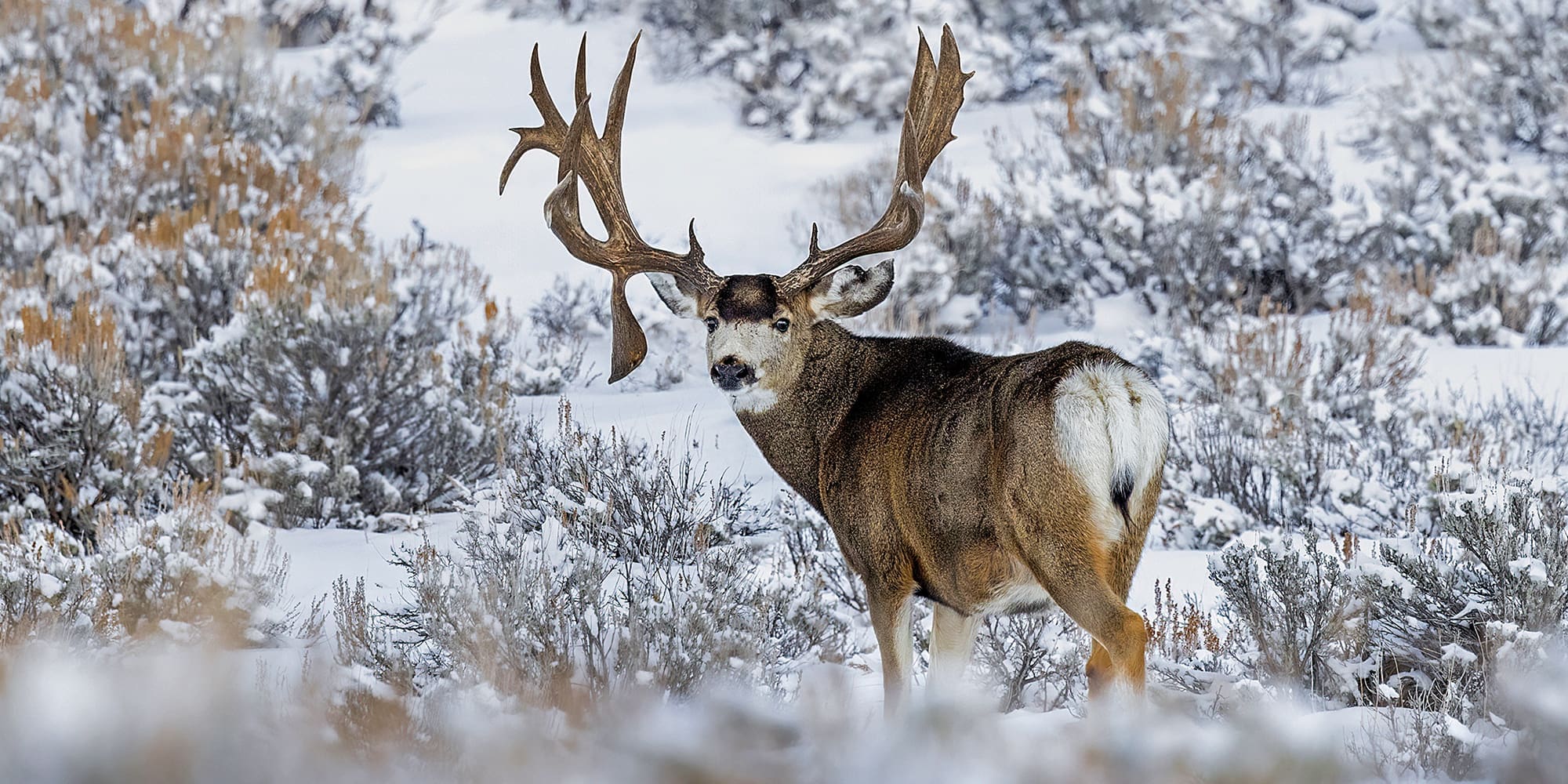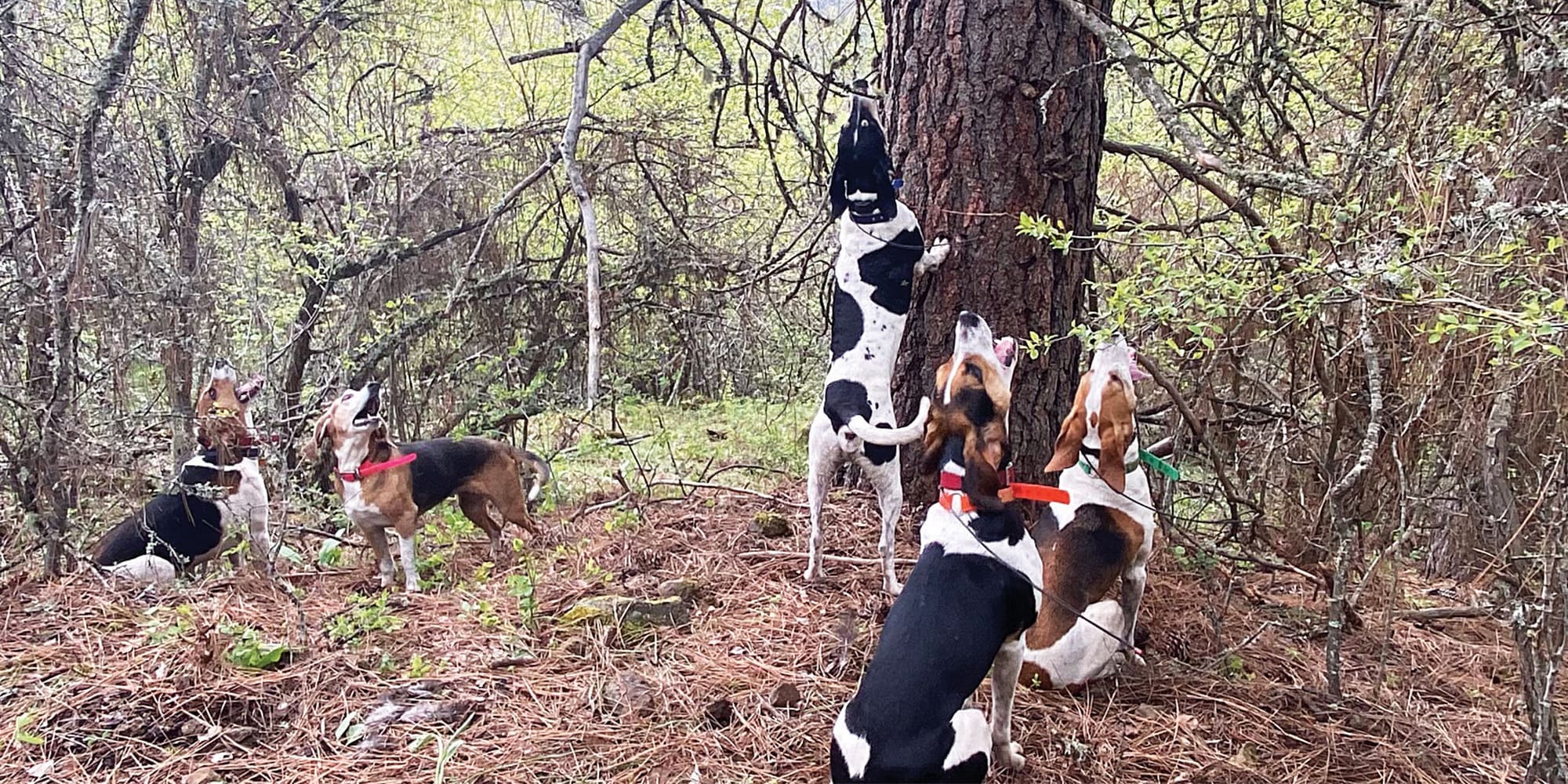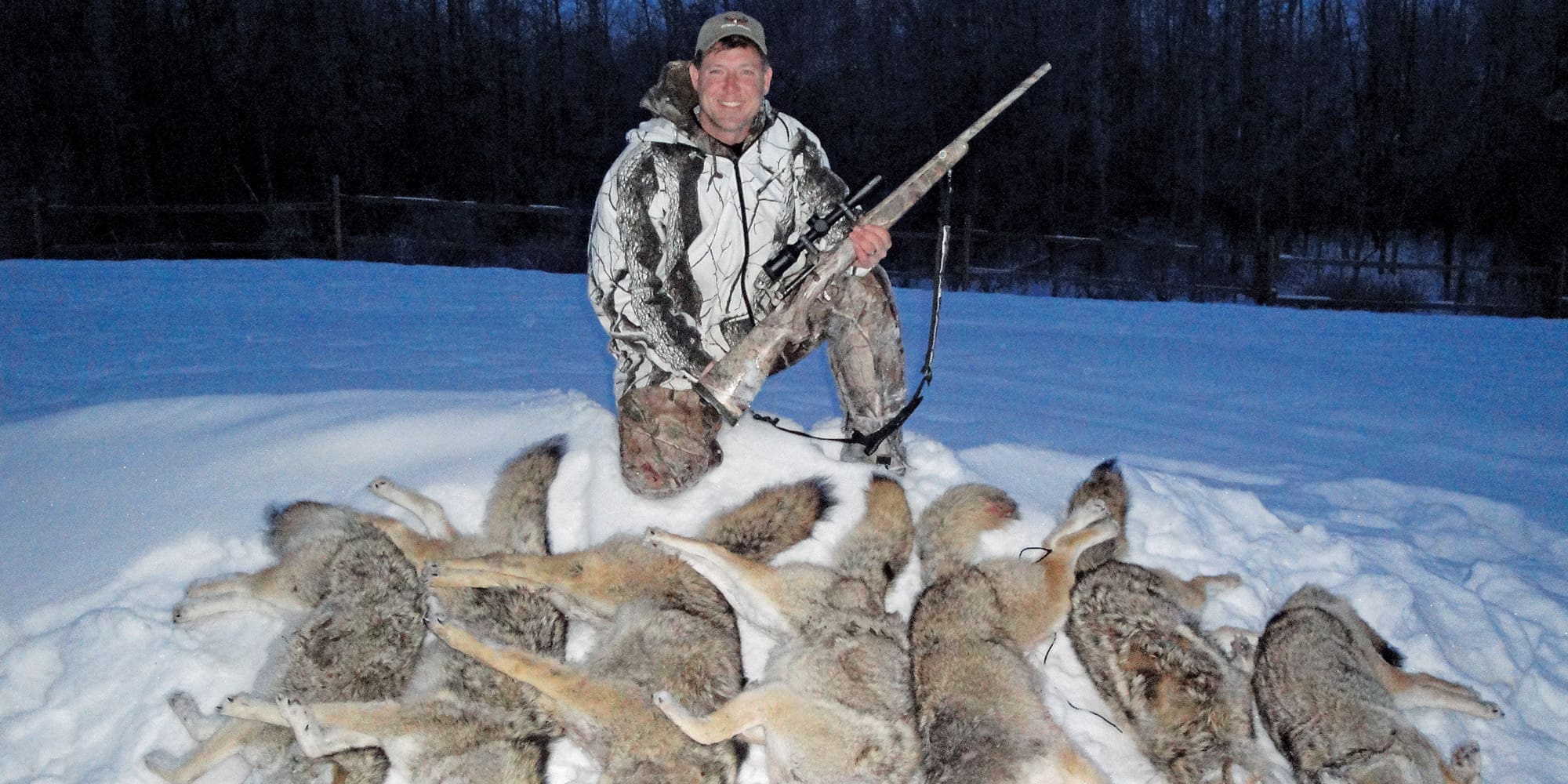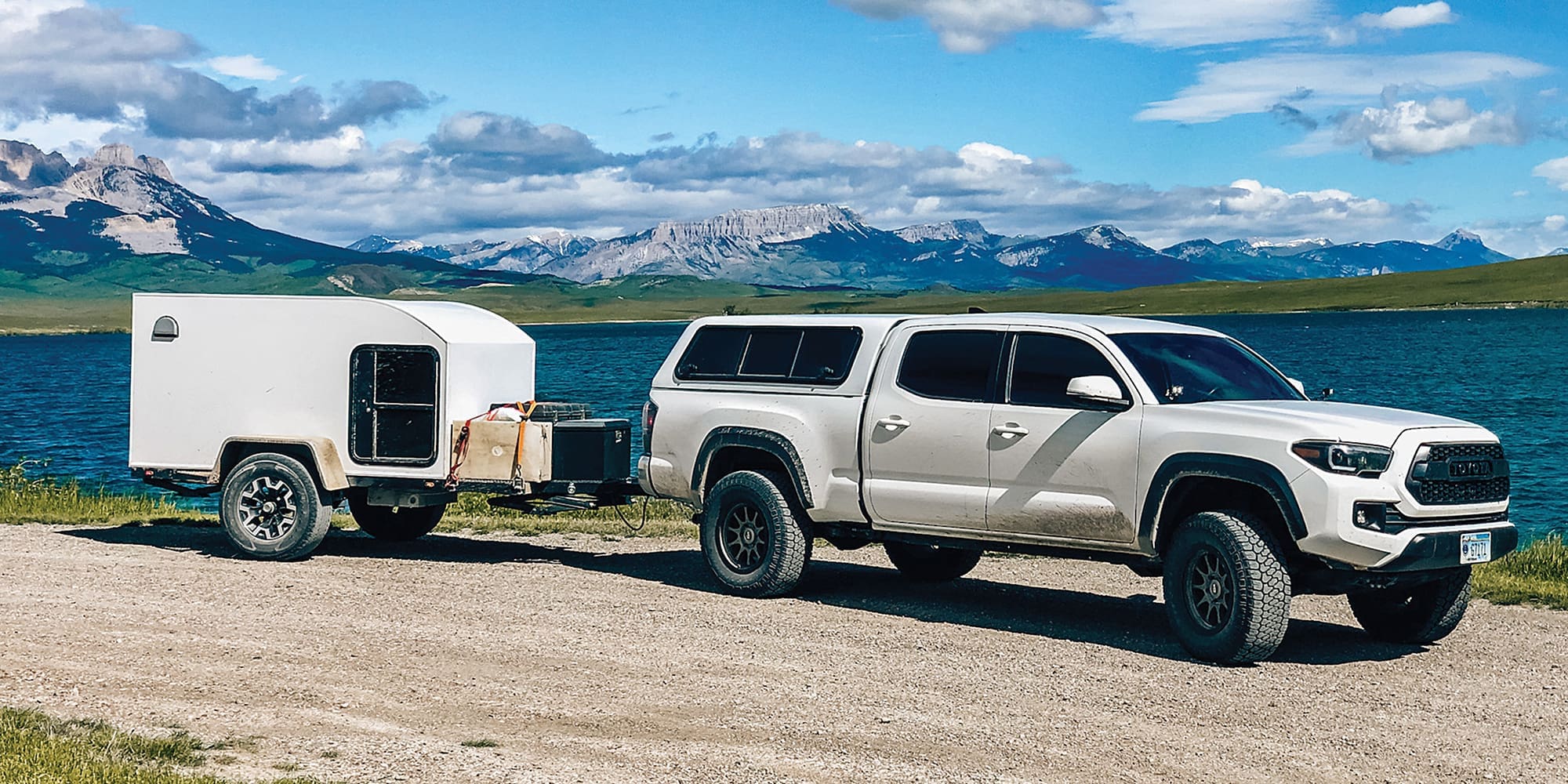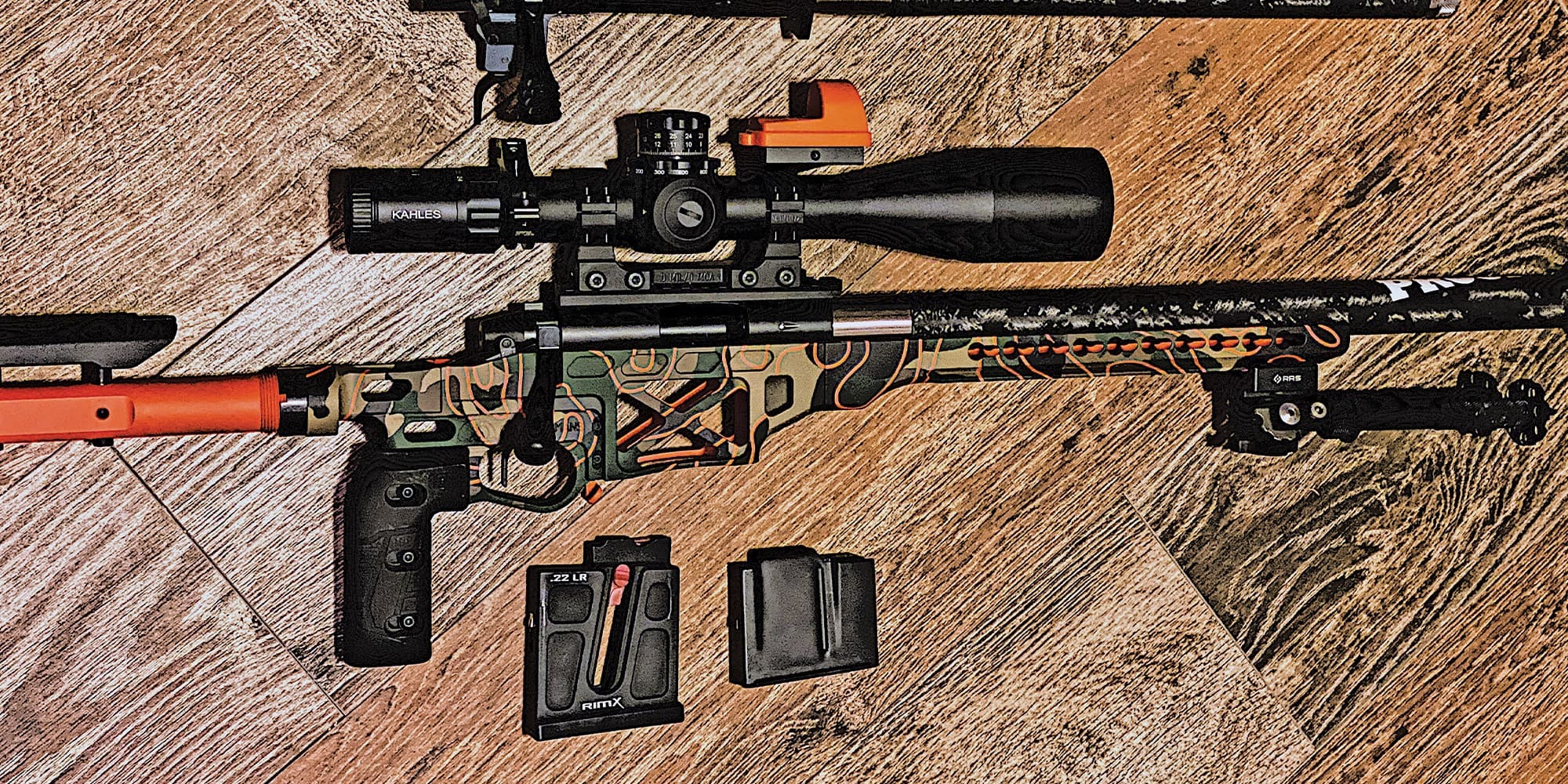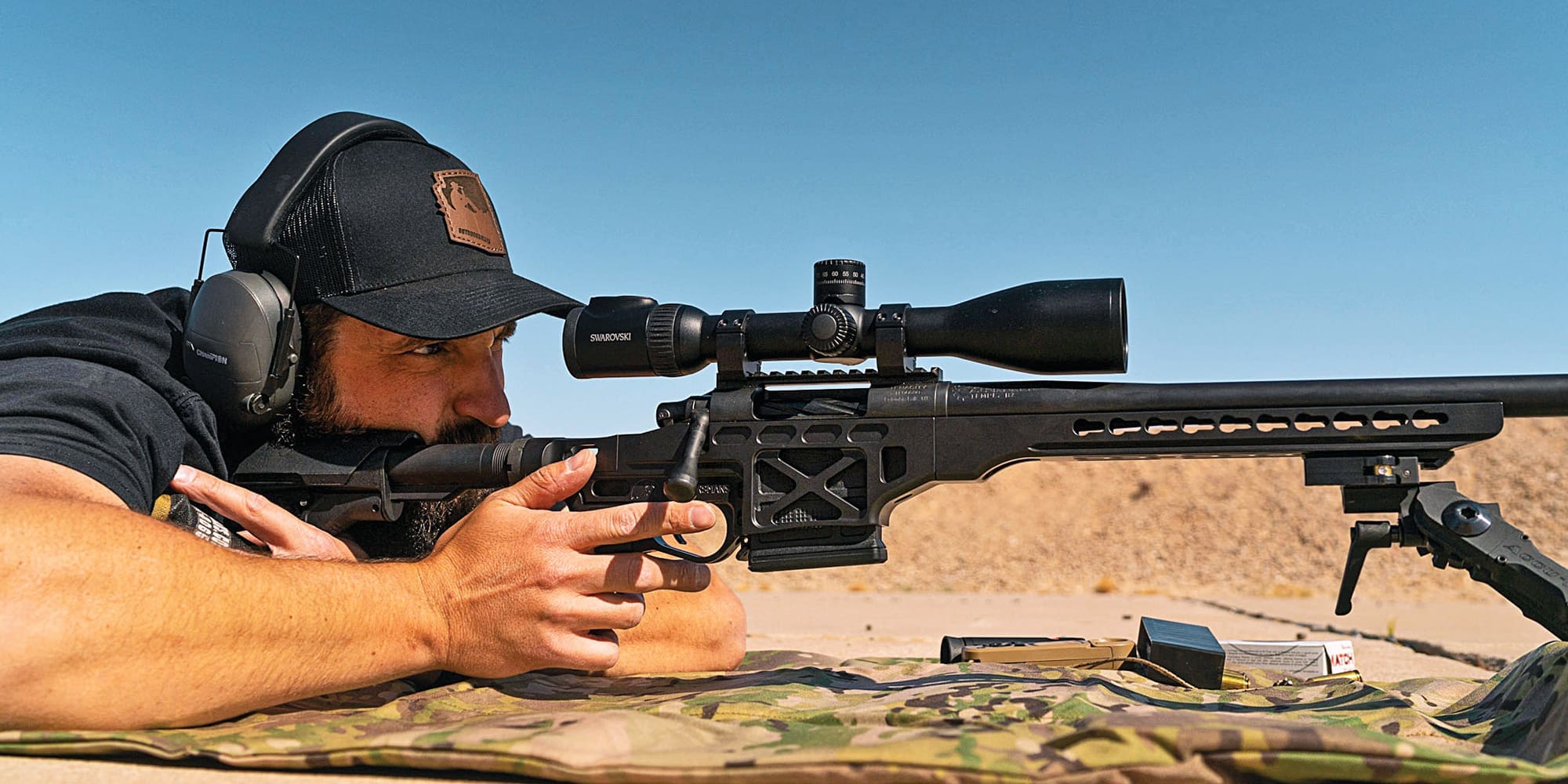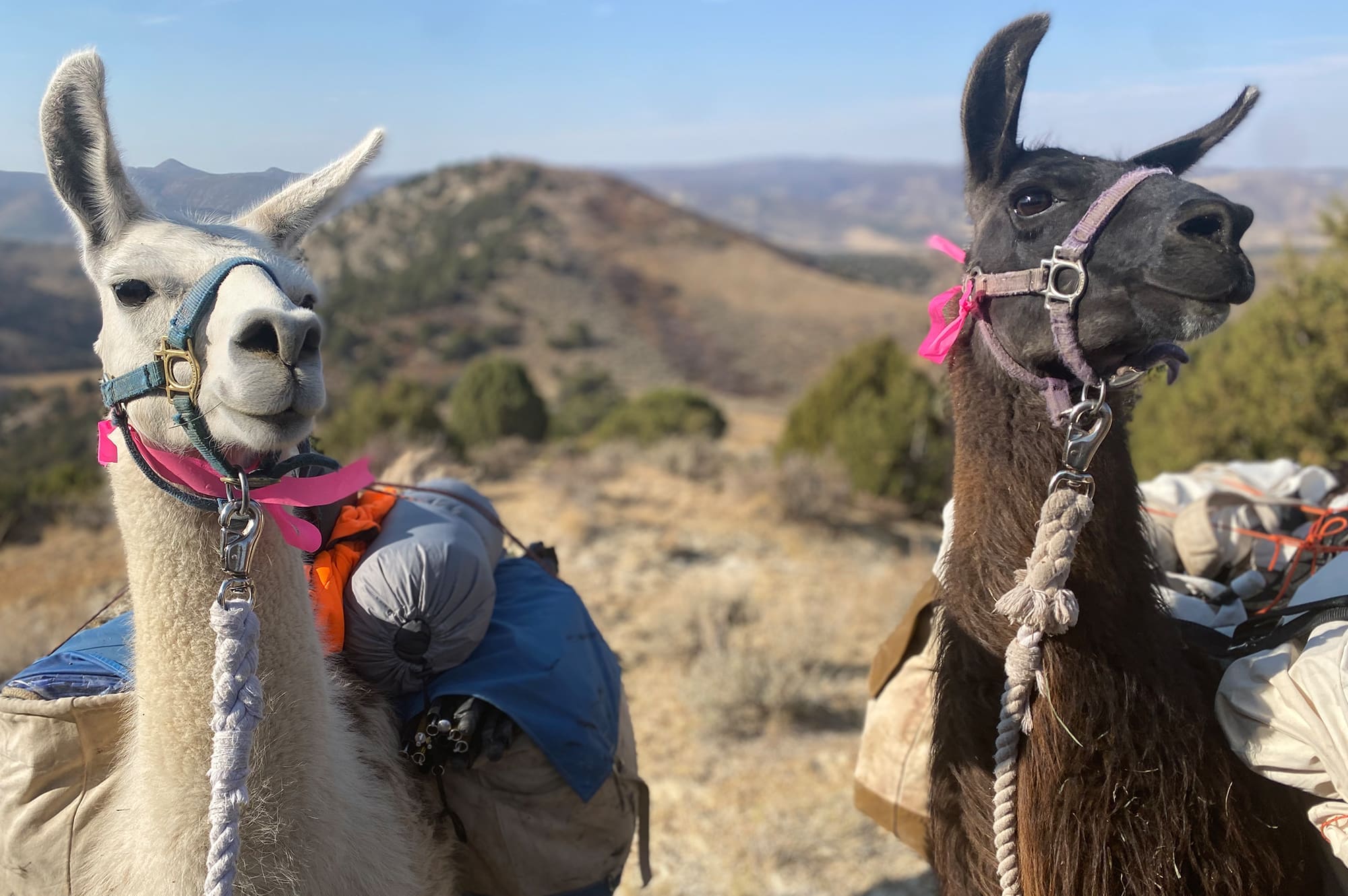
NOTICE: Certain links on this post may earn a commission for Western Hunter Magazine from Amazon or our other affiliate partners when you make a purchase. Thank you for your support.
Llama Rentals: Stepping Into The Unknown
The United States Census Bureau estimates that more than 80% of the population resides in urban areas. For many of us who consider the outdoors more our home than the nearest Mecca of civilization, that translates to less connection to the places we’d rather be spending our time. The fact is that most of us didn’t grow up with the opportunity to own pack animals. Many would argue that modern-day life doesn’t require such antiquated knowledge in our tech-driven world, and in most cases, I’d say they’re right. But there’s still a thirst for know-how for those of us seeking adventure and the ability to knock down barriers each fall. What if hiring an outfitter to use livestock wasn’t your only option? What if there existed an animal so user-friendly that a few hours’ orientation could leave you hitting the trail confident to destroy your western hunting dreams? Enter the llama.
Oftentimes, we find ourselves limiting our own ability to try something new because we lack connections to enter that realm. How many of us would even hunt if it weren’t for our own kin or a good friend to traverse the nightmare of regulations, draw systems, and logistics to plan a hunt? Sometimes all we need to scale that pillar of knowledge is a person we can relate to. I’m here to tell you that there are probably thousands of hunters who can relate to my upbringing.
I was born and raised in a suburban area and can’t even recall seeing a llama until only a handful of years back. My initial thoughts led me to believe those packing with llamas must have been raised around them or have some sort of extensive background in packing with livestock. As I began researching and reaching out to companies that rented llamas, I learned just the opposite.
In recent years, I’ve been able to field some basic questions and concerns that have helped others head to the backcountry with llamas in hand.
I’ve heard llamas are noisy. I'm worried the noise associated with packing animals in the backcountry will ruin my hunt.
On the spectrum of pack stock, llamas are about as quiet as one can get. Llamas’ soft padded feet and split toes allow them to grip terrain, providing increased stability under packed weight and noise dampening compared to that of a hoofed animal that is often fitted with metal shoes for better traction. The only noise that you may encounter is a humming vocalization made when llamas communicate. The amount of communication vocalized can differ from llama to llama, with some being practically mute and others quietly humming repeatedly throughout the day. I’ve never had this jeopardize any portion of a hunt, and the added noise is negligible compared to the benefits of having them around.
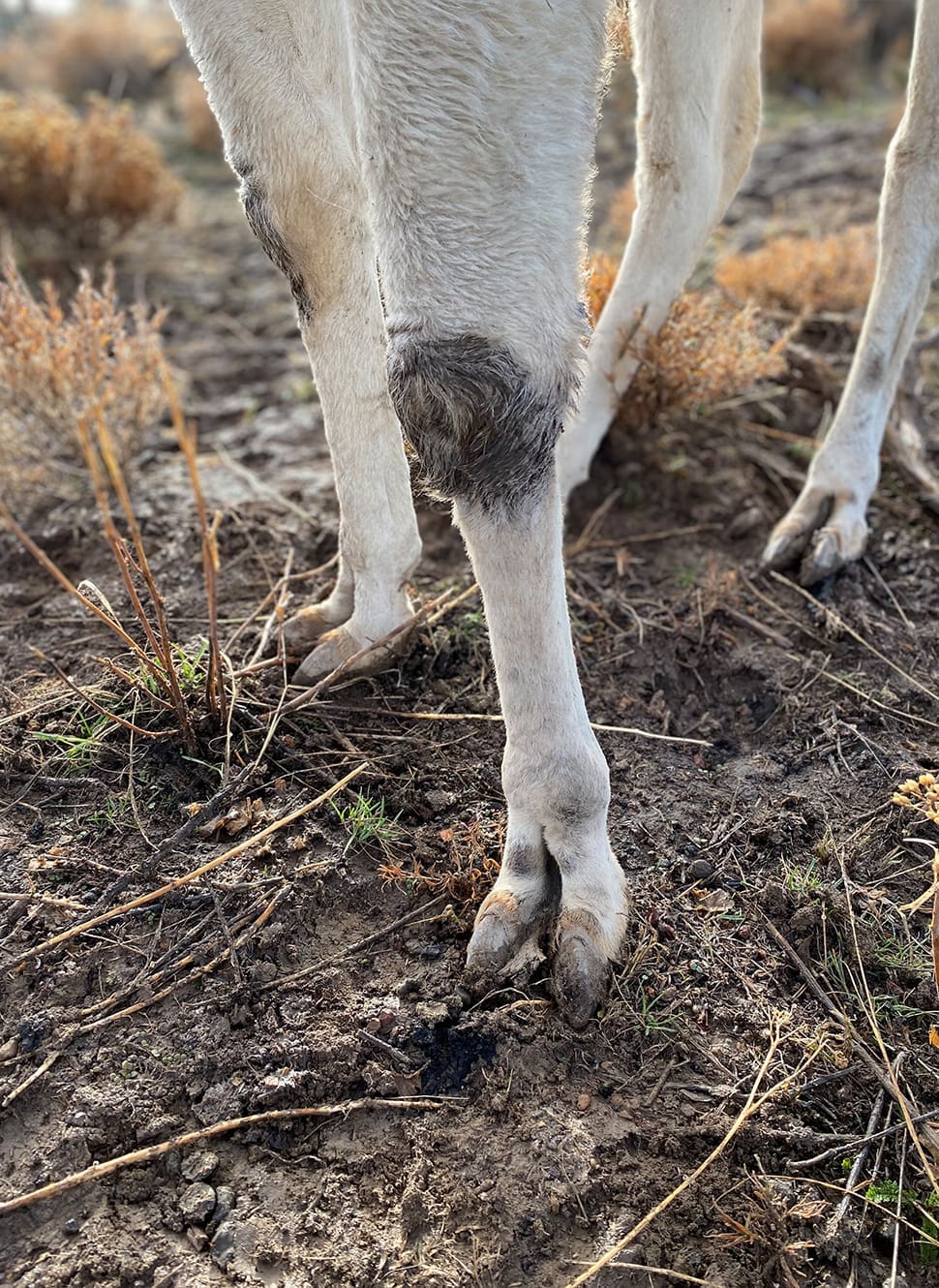
I have friends who have been hurt by animals that have spooked or wrecked while packing in the backcountry–what are the risks associated with llama use?
If you’re a horseman, you already know the disaster of a wreck that can loom around every corner when packing in the backcountry, let alone what it could mean if a 1200-lb animal inadvertently stepped on your foot. Even with the most tenured horse or mule, the danger still exists. I’m not willing to say that all is mitigated with llamas, but I will say the percentage drops significantly. Multiple times I have had a llama step on my feet while traversing in tight spaces–the pressure my foot was subjected to was almost comical. You can rest assured that no missteps would result in a hospital run from these critters.
Llamas are very methodical and, more often than not, react in a manner that gets them out of trouble instead of ending up in a wreck. I have, on several occasions, watched a llama completely wrap their feet around their lead line while grazing. That same number of times, I have watched the llama calmly lift their foot out of that wrapped mess and continue feeding.
Llamas are prey animals. That instinctual attention to their surroundings will always be present, but with a reputable rental company, you won’t ever have to worry about that translating into a rodeo on your hands.
Do llamas provide extra security while hunting in bear country?
If the thought of being in dense bear country raises the hair on your neck, having llamas around may be yet another reason to keep these critters in camp. Llamas make a loud alarm call at the presence of suspected predators. In different parts of the world, sheepherders have been known to run a llama with their flock for their ability to ward off predators with a loud, off-putting call. Consider keeping your llamas triangulated around your camp to increase the likelihood of predators being spotted.
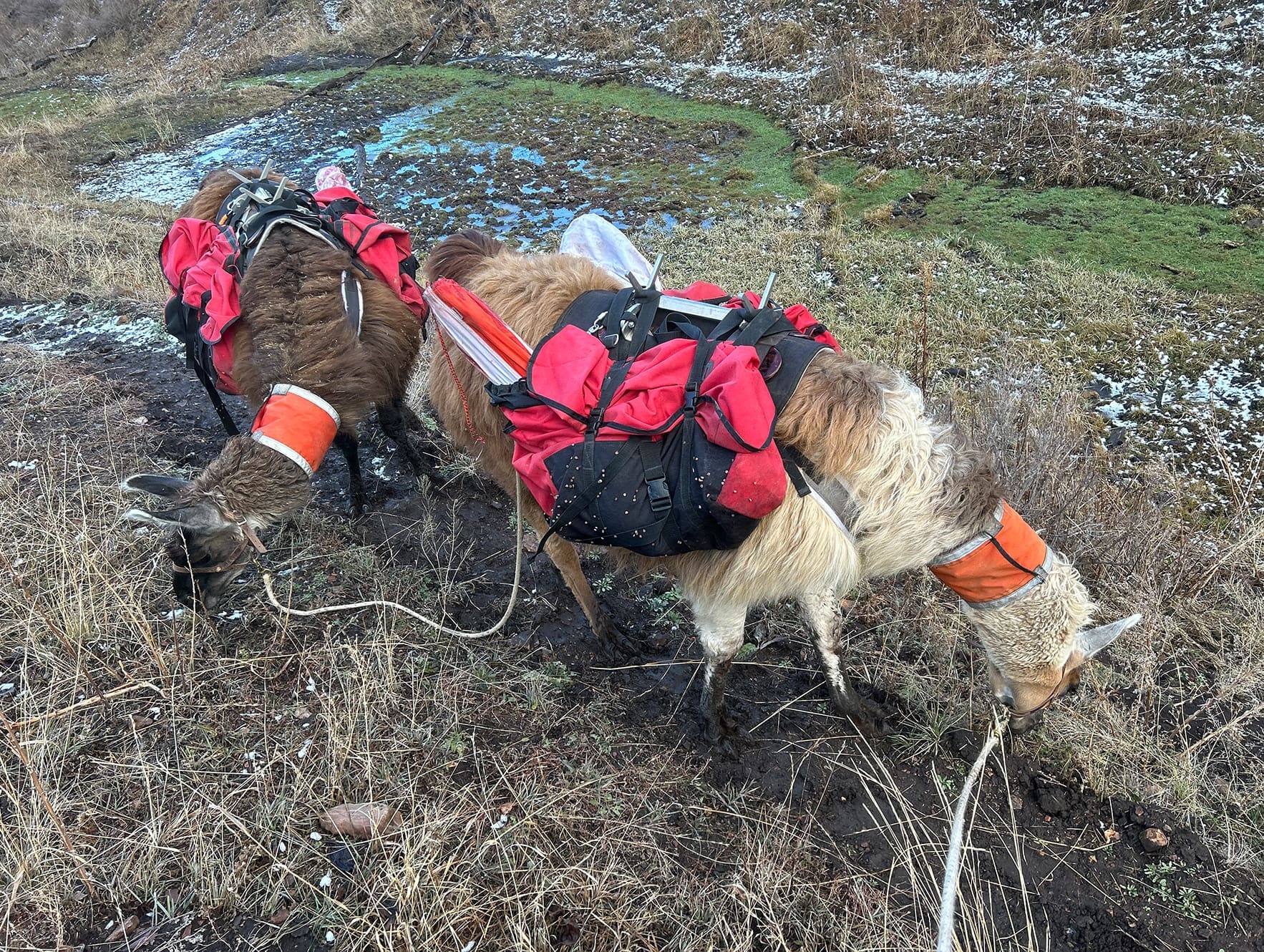
How much water do llamas need daily?
A quantitative answer would not do justice to this question as there are too many variables at hand (temperature, exertion, etc). The llama is a part of the camel family. Its long complex large intestine allows it to survive on minimal water. Depending on the amount of moisture in food consumed, llamas can go multiple days in a row without drinking water. Llamas should be offered water every day, but don’t be surprised when they go 2-3 days without a single sip.
Do I have to pack feed for llamas?
Llamas have a three-compartment stomach. Much like goats, this allows them to consume a wide array of forage, thus expanding the type of habitat you can take them into. Their unique ability to process an assortment of plant material also limits the amount of additional feed that will be needed to pack in, if any. Llamas will consume grasses, forbs, shrubs, trees, mosses, bark, twigs, pine needles, and other unassuming vegetation. You won’t find such flexibility with any other large pack animal!
An adult llama requires 2-4% of their body weight in feed per day which equates to about 6-8 lb of feed per day. Depending on feed quality and projected exertion, your rental company may or may not have you pack additional pelletized feed to supplement. Typically, additional pelleted feed amounts to 1-3/lb a day and is most often needed during fall and winter conditions in areas where feed quality is poor or limited.
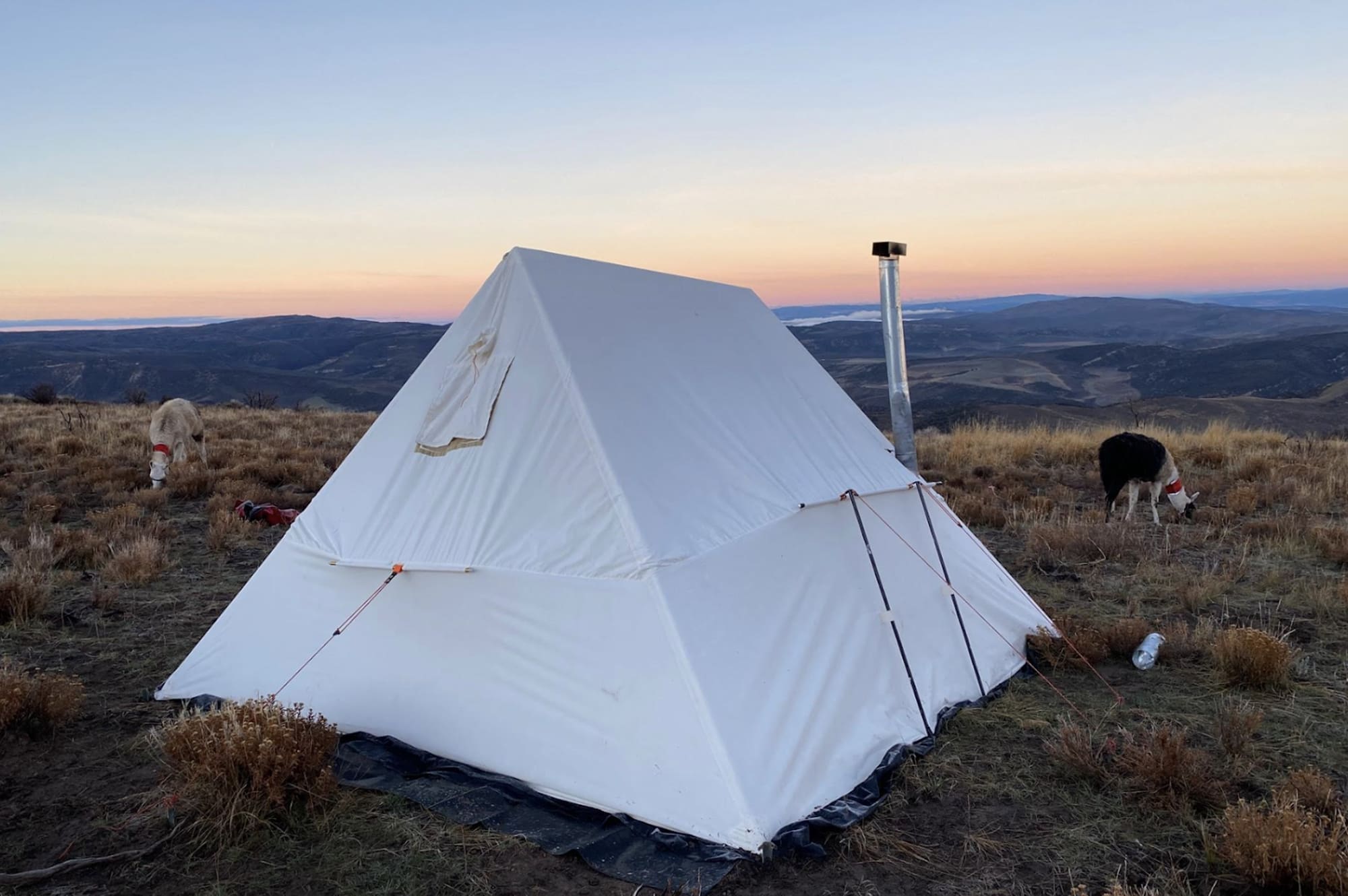
I don’t have a horse trailer. How do I transport llamas to my hunting location?
Most llama rental companies recognize that the majority of their clients are not livestock owners and don’t have trailers. With that in mind, I have yet to see a business that doesn’t offer a trailer rental. Usually, this consists of a two-horse bumper pull that is light enough to be towed by any vehicle with a receiver tow package. As if that weren’t convenient enough, some businesses offer a stock rack that can be placed in the bed of your truck. The stock rack can be useful when your hunt location has limited trailer access.
Typical trailer rates range anywhere from $45-75/day. Stock rack rentals range from $30-40/day.
How much can a llama carry?
Llamas are extremely sure-footed, bred for the rocky slopes of the Andes Mountains in South America. They have no trouble overcoming steep, slick country that I would never bring a horse into. They are born and bred packers. Although pack weights may differ llama to llama, average weight packability ranges from 50-80 lb. Keep in mind that these weights can fluctuate depending on the totality of the circumstances: how far you plan on packing the weight, on what type of terrain, the athleticism of the animal you are using, meat hauling vs gear hauling, previous exertion (has this animal been packing for miles each day, or have they been sitting in camp after the initial pack in?).
It’s fair to say given the right circumstances, you can be packing an elk out with just two llamas with minimal weight on your back. Be sure to talk with your rental company about the specific ability of your rented llamas and what they are comfortable with you doing.
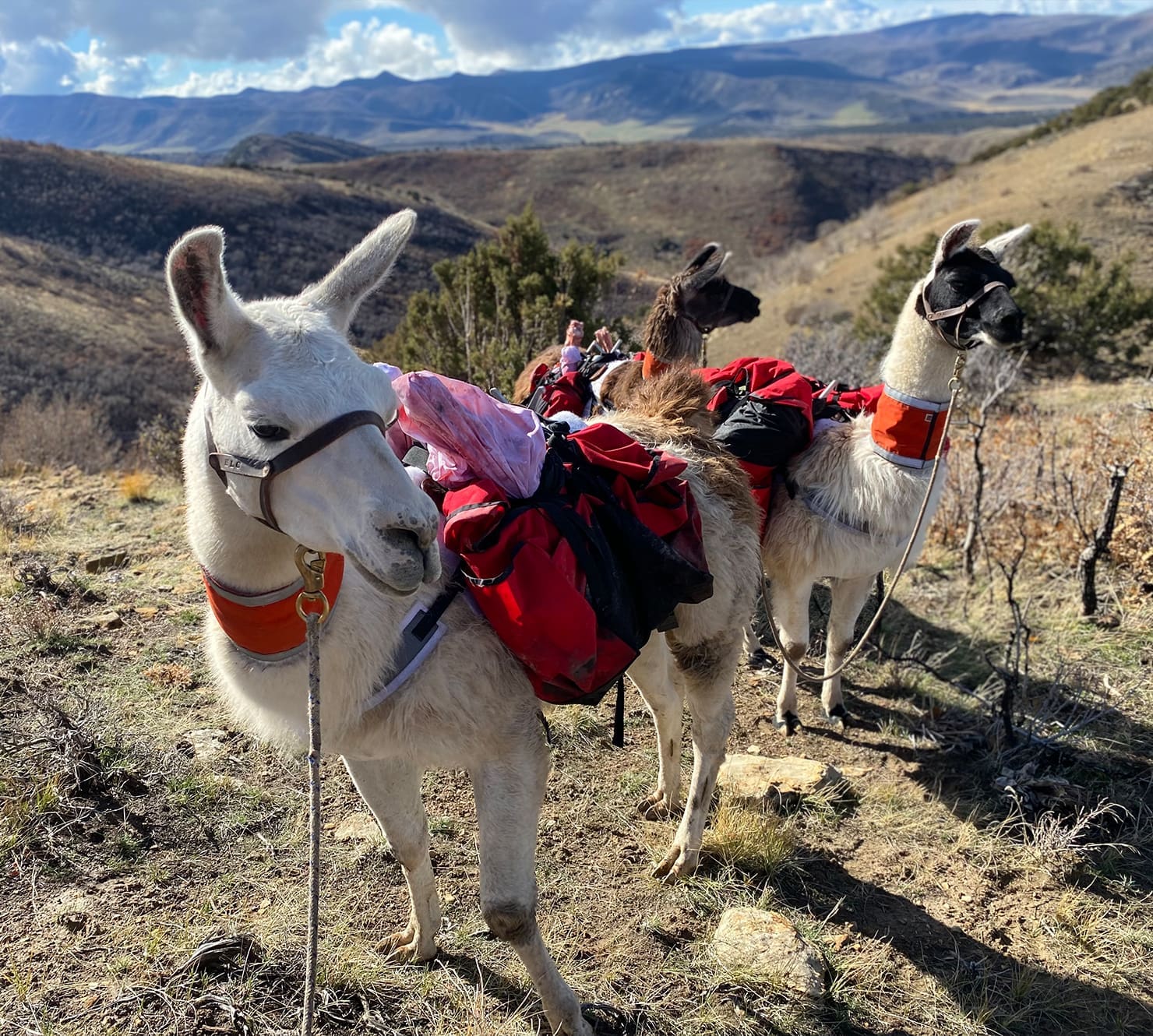
Warning! Not all llama breeds are suitable packers, as some have been bred specifically for their wool. The one and only llama breed that you should consider renting is a Ccara–confirm with your rental company this is what they are providing.
I don’t want to pack deep into the backcountry. Could llamas be a useful tool for a day hunter?
This may very well be the thing I love most about these packers: versatility. A pair of llamas could be the best-kept secret for a guy who wants to day hike from a basecamp location. Imagine hiking into your hunting location with minimal, if any, weight on your back every day. Not only have you relieved yourself of the weight of your daily necessities, but you also have a meat packer at your immediate disposal. On multiple occasions, I have packed llamas into my hunting location just to stake them to the ground in an area where they can feed all day while I hunt.
How long does it take to learn how to use llamas?
Rental companies offer a short orientation that covers everything you’ll need to know about their llamas. Typical topics covered include: how to pack panniers, how to saddle, grooming/care, how to stake out, how to lead, etc. In some instances, a rental company may require an online course coupled with their hands-on orientation. Be sure to reach out to your rental company far in advance to learn which they require and how much time it is likely to take for completion.
Llamas must be rented, at minimum, as a pair (minimum of two). Be sure to keep this in mind when determining rental costs and logistical planning.
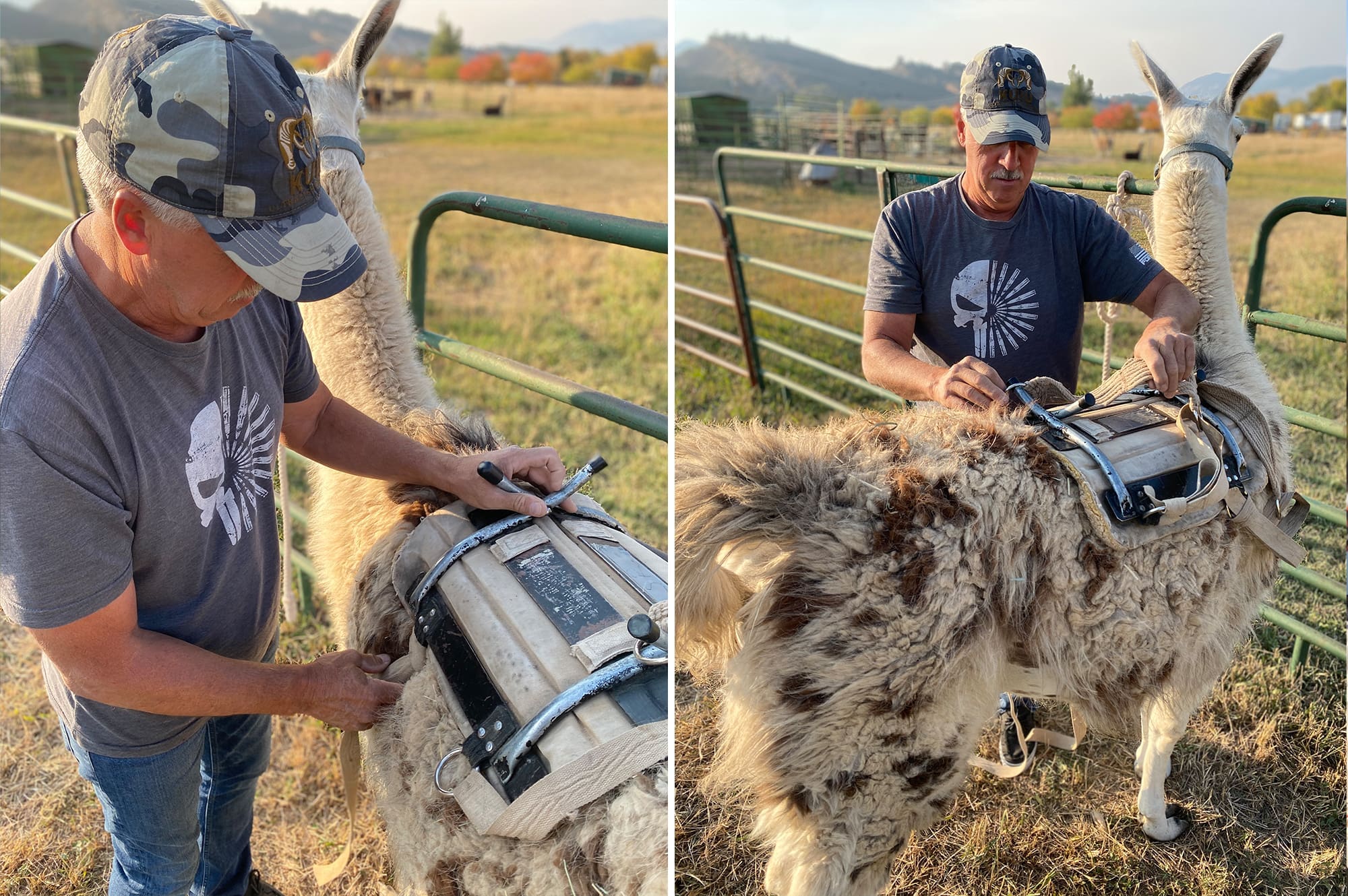
Clearly, there is much freedom in having all that you need strapped to your back, without having to account for the necessities of an animal. Some forethought will be required when taking a pack animal, but much of the logistics can be figured out with a little bit of leg work. The rewards of putting yourself in locations unobtainable in the past will leave you with a sense of accomplishment that far exceeds the bit of work it took on the front end to get it figured out.
As we take a deeper dive into llama use, we will uncover behavior, packing, and how to be ready for your own DIY adventure.


